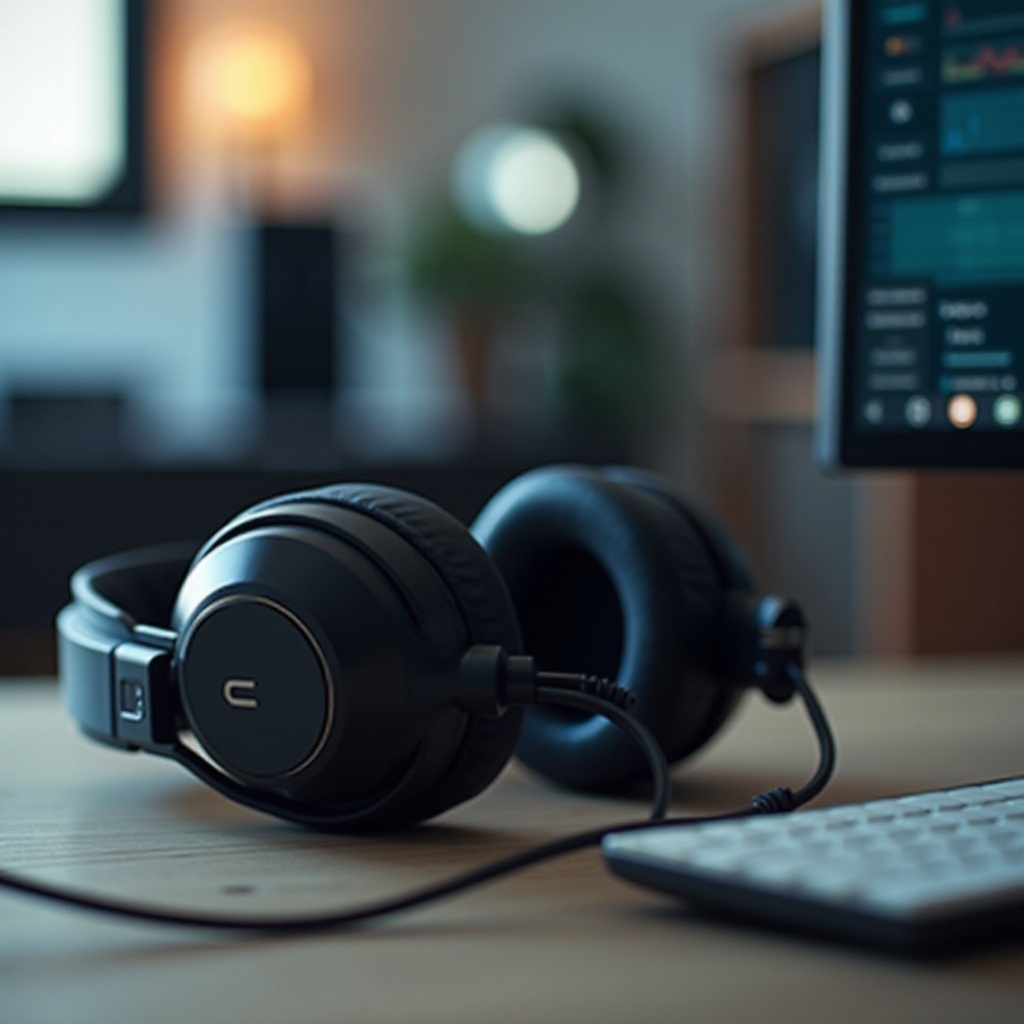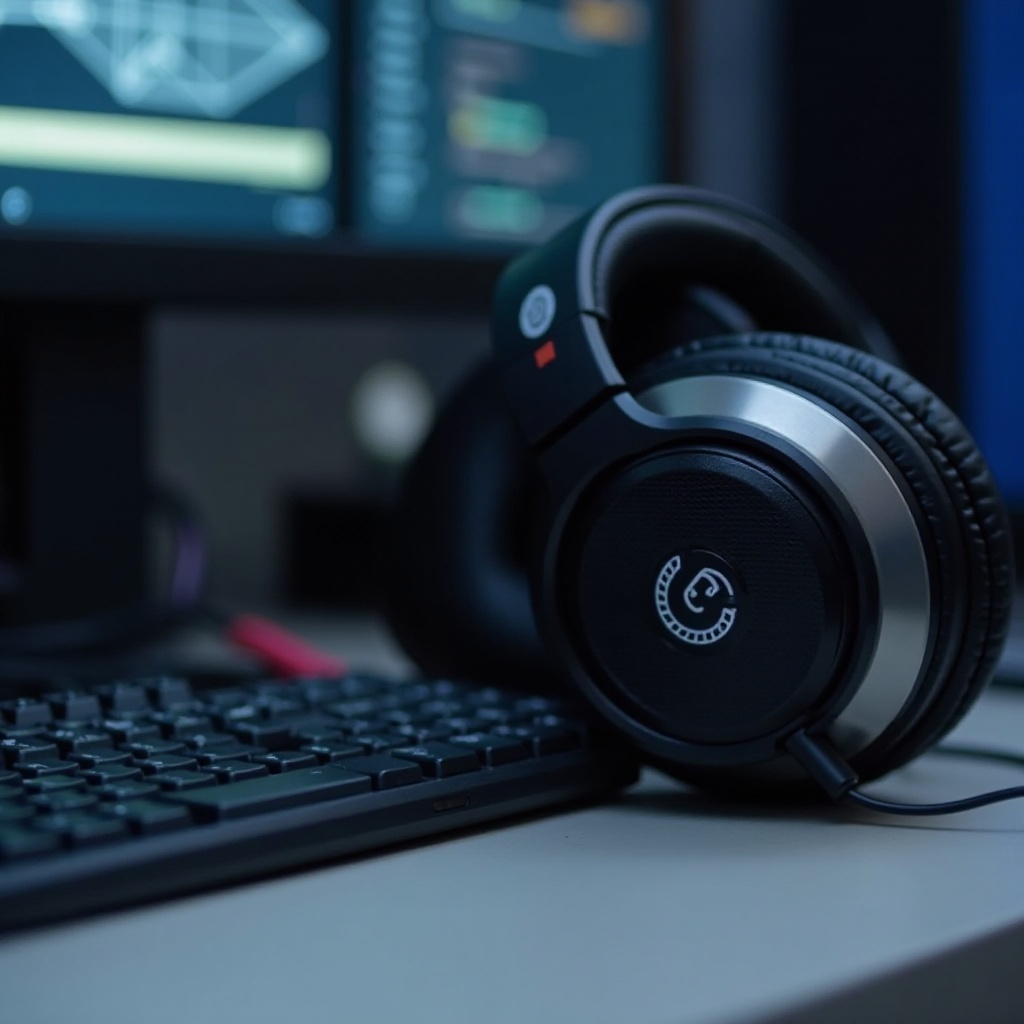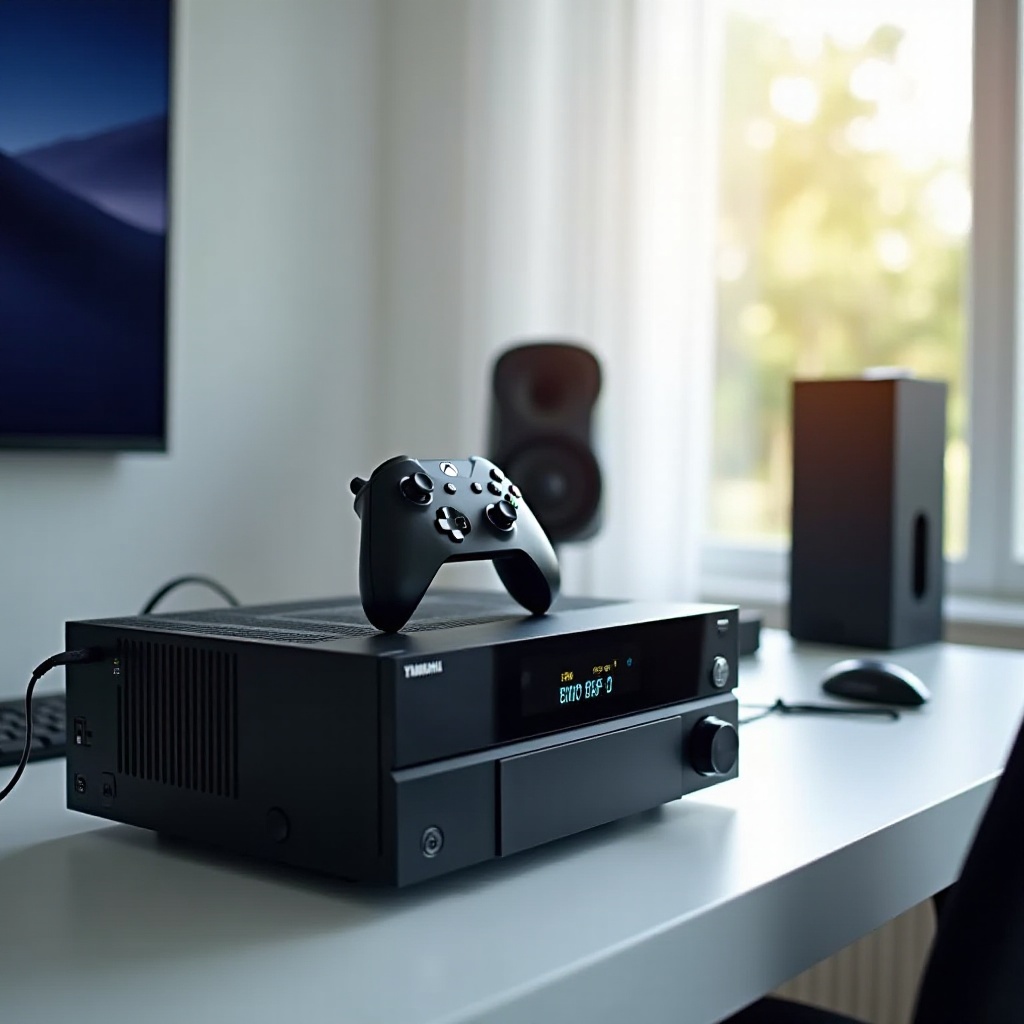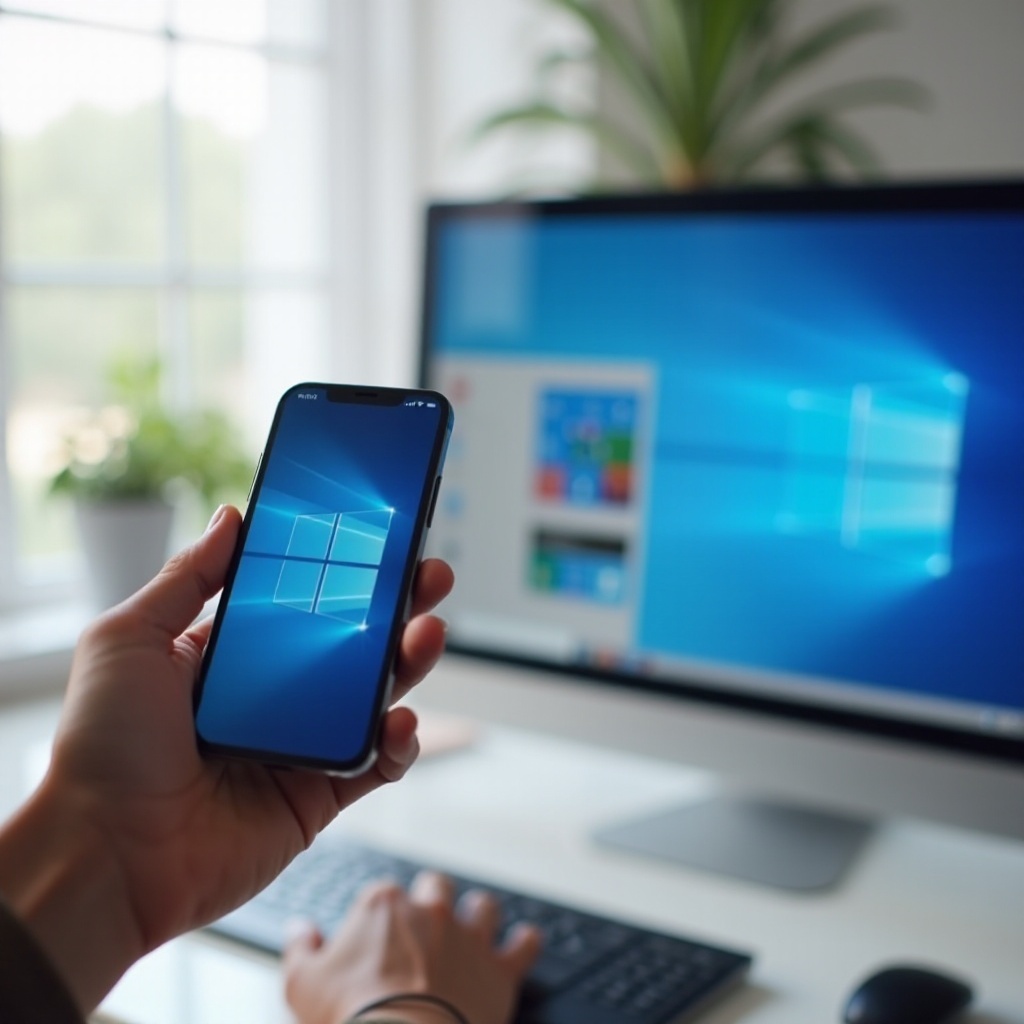Troubleshooting Headphones Static When Connected to PC
Introduction
Headphones static when connected to a PC can be a frustrating issue, disrupting your audio experience and making it difficult to enjoy music, games, or video calls. Static noise in headphones can arise for various reasons, from software glitches to hardware malfunctions. Understanding the root causes and employing effective solutions will help you resolve this issue efficiently.

Common Causes of Static Noise
Interference from Electronic Devices
Electronic devices such as routers, smartphones, or even other computer components can cause interference, leading to static noise in your headphones. Identifying and minimizing such interference sources is crucial to improving audio clarity.
Poor Quality Audio Ports
Sometimes the issue lies in your PC's audio ports. Dust, wear and tear, or poor manufacturing quality can affect the connection, creating static. Inspecting and maintaining your audio ports can make a significant difference.
Faulty or Damaged Cables
Headphone static can often be traced back to damaged or low-quality audio cables. Regularly checking your cables for any signs of wear, tear, or physical damage, and replacing them if necessary, can help reduce static noise.
Initial Troubleshooting Steps
If simple checks don’t resolve the issue, more advanced troubleshooting steps can often help.
Checking Connections
First, ensure all audio cables are properly connected. Unplug and replug your headphones into the audio jack, and make sure the connection is secure. Sometimes a loose connection can introduce static noise.
Restarting The PC
A straightforward but effective troubleshooting step is to restart your PC. This simple action can resolve many minor software glitches, including those causing static noise in headphones.
Advanced Troubleshooting Techniques
When basic steps fail, delving into more advanced methods is necessary.
Driver Updates and Reinstallation
Outdated or corrupted sound drivers can cause audio issues, including static noise. Follow these steps to update your drivers:
- Open the Device Manager on your PC.
- Locate the 'Sound, video and game controllers' section.
- Right-click on your audio device and select 'Update driver'.
- Follow the on-screen prompts to update the driver.
If updating doesn’t help, consider uninstalling and reinstalling the driver.
Checking for Software Conflicts
Sometimes software conflicts can cause static noise issues. It’s essential to identify and resolve these conflicts:
- Open the Task Manager.
- Look for any background applications or processes that may interfere with your audio output.
- Close any unnecessary applications and check if the static persists.
Using Audio Troubleshooting Tools in Windows
Windows offers built-in troubleshooting tools that can help identify and fix audio issues:
- Go to Settings > Update & Security > Troubleshoot.
- Select 'Playing Audio' and run the troubleshooter.
- Follow the on-screen instructions to identify and fix any audio issues.
Hardware Solutions
If software solutions fail to resolve the static noise, hardware interventions may be necessary.
Replacing Cables
Damaged or low-quality cables can be a primary cause of static noise. Replace your old or faulty audio cables with new, high-quality ones to ensure a clean, static-free audio connection.
Using a USB DAC
A Digital-to-Analog Converter (DAC) can significantly enhance your audio quality by bypassing your PC’s internal sound card. USB DACs are relatively affordable and can provide a clearer and more static-free audio experience.
Grounding Issues and Solutions
Grounding issues can also cause static noise in headphones. Ensure that your computer is properly grounded, and consider using a ground loop isolator, which can help reduce or eliminate unwanted electrical interference.

Preventative Measures
Prevention is better than cure. Adopting good practices can help you avoid static noise issues in the future.
Maintaining Good Cable Condition
Regularly inspect and maintain your audio cables, ensuring they are stored and handled properly to avoid damaging them.
Regularly Updating Software and Hardware Components
Keep your PC’s software and hardware components up-to-date. Regular updates can prevent many common issues, including audio static.

Conclusion
Static noise in headphones connected to a PC can be annoying, but with the right steps, you can effectively troubleshoot and resolve this issue. By understanding common causes, following initial and advanced troubleshooting steps, considering hardware solutions, and adopting preventative measures, you can enjoy a clear, static-free audio experience.
Frequently Asked Questions
Can static in headphones damage the hardware?
No, static noise usually does not damage the hardware, but it can affect your audio experience. However, consistently addressing the root cause is essential for maintaining good audio quality.
How can I test if the static noise issue is from my headphones or PC?
Testing your headphones on another device can help identify whether the issue is with the headphones or the PC. If the static persists on another device, the problem is likely with the headphones.
Are wireless headphones also prone to static noises when connected to a PC?
Yes, wireless headphones can experience static noise due to signal interference, low battery levels, or issues with the Bluetooth connection. Ensure your wireless headphones are properly charged and connected to minimize static.




